Introduction to the basic principles and working process of the engine oil return pipe
The engine oil return pipe is an important part of the engine system. Its main function is to recover the lubricating oil generated inside the engine and send it back to the oil tank to ensure the normal operation of the engine and the effective work of the lubrication system.
Fundamental:
The lubricating oil inside the engine lubricates and cools various critical components during operation, but also forms pollutants such as exhaust gas, emulsification, and metal particles. The basic principle of the oil return line is to recover these pollutants from the inside of the engine through the piping system, and filter and cool the lubricating oil, and finally return it to the oil tank.
Work process:
- Lubricating oil flows from the inside of the engine, through the channels and pipes inside the engine, and finally into the oil return pipe.
- A filter is usually installed in the oil return pipe to filter out pollutants and particles to ensure the cleanliness of the lubricating oil.
- The oil return pipe can also pass through the cooling device to cool the lubricating oil to a suitable temperature and prevent the engine from being damaged by excessive oil temperature.
- The lubricating oil returns to the oil tank along the flow in the oil return pipe, and is recycled again.
It should be noted that the design and working principle of the engine oil return pipe may vary with different engine types, brands and models, and there may be subtle differences in the specific working process. Therefore, it is necessary to refer to relevant engine technical manuals or consult professionals during actual maintenance and use.
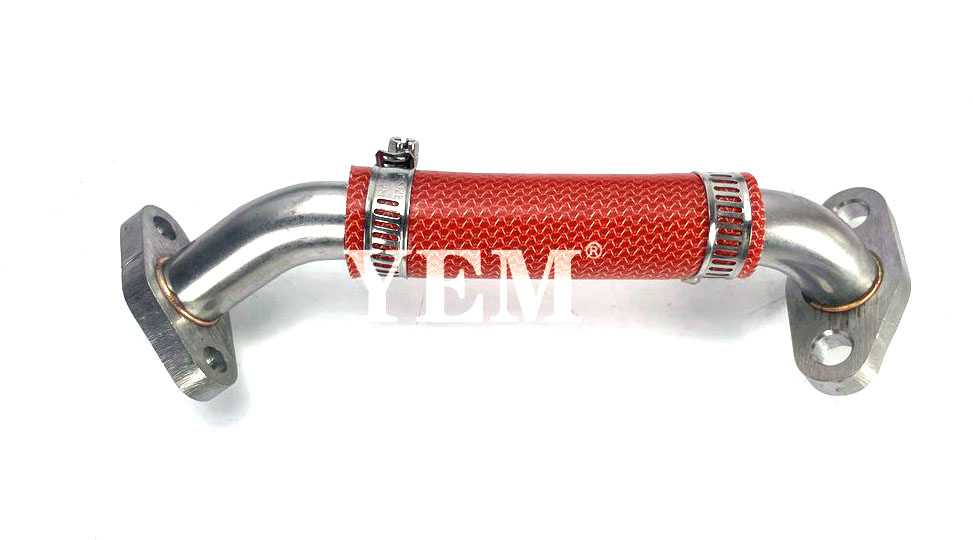
The importance and role of the oil return pipe in the engine system
The oil return line plays an important role in the engine system and has the following functions:
- Lubricating oil circulation: The oil return pipe recovers the lubricating oil inside the engine from various lubricating points and sends it back to the oil tank. This can ensure the circulation of lubricating oil, ensure that all friction parts of the engine are fully lubricated, reduce wear and friction, and improve the life and reliability of the entire engine system.
- Pollutant treatment: There is usually a filter in the oil return pipe to filter out the pollutants, particles and sediments in the lubricating oil. These pollutants may come from combustion products, wear particles, moisture and emulsions generated inside the engine. Through the filtering effect of the oil return pipe, the damage of pollutants to the engine lubrication system can be reduced, and the cleanliness of the lubricating oil can be maintained.
- Temperature control: In the oil return pipe, a cooling device can also be installed to reduce the temperature of the lubricating oil. High temperature will lead to oxidation and degradation of lubricating oil, reducing its lubricating performance and life. Through the cooling device of the oil return pipe, the temperature of the lubricating oil can be effectively controlled, kept within a suitable working range, and the working efficiency and reliability of the engine can be improved.
In short, the oil return pipe plays a key role in the engine system. It not only ensures the circulation and sufficient lubrication of the lubricating oil, but also effectively removes pollutants, controls the temperature of the lubricating oil, and ensures the normal operation and life of the engine. Therefore, for the normal operation and maintenance of the engine, the importance of the oil return pipe cannot be ignored.
Design and construction of oil return pipes for different types of engines
Different types of engines may have some differences in the design and construction of the oil return line. The following are examples of some common engine types and their oil return line designs and constructions:
- Internal combustion engine oil return pipe:
- Inline Engines: Inline engines typically have a single oil return line that takes oil back from the upper lubrication point and back to the tank.
- V-type engine: The V-type engine has two oil return lines, one for each cylinder bank, which recover the lubricating oil from the cylinder block and return to the tank.
- Opposed engines: Opposed engines usually have two oil return pipes, one for each bank of cylinders due to the symmetrical arrangement of the cylinder blocks, to recover the lubricating oil and return it to the tank.
- Turbocharged engine oil return pipe:
- Turbocharger oil return line: Turbocharged engines usually have an oil return line to recover the lubricating oil inside the turbocharger and return it to the tank.
- Engine lubrication system oil return pipe: In turbocharged engines, there is also an oil return pipe used to recover the lubricating oil in the engine lubrication system and return it to the oil tank.
- Diesel engine oil return pipe:
- High-pressure oil pump return pipe: The high-pressure oil pump in a diesel engine usually has an oil return pipe to recover part of the fuel pumped out by the power pump and return it to the fuel tank.
- Engine lubricating system oil return line: In diesel engines, the oil return line is also used to recover lubricating oil in the engine lubricating system and return it to the tank.
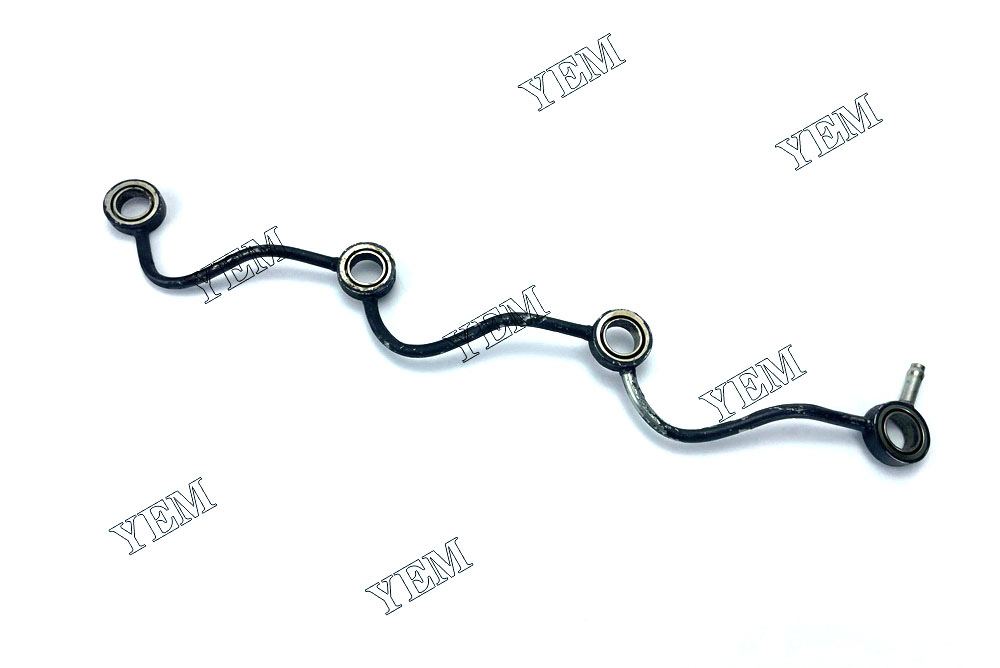
It should be noted that specific engine designs and constructions may vary by engine make, model and application. Therefore, in actual work, it is more reliable to access relevant technical manuals or consult professionals to obtain detailed design and construction information of specific engine types.
Common engine oil return pipe faults and their diagnosis and repair methods
Common engine oil return line failures may include the following situations, as well as corresponding diagnosis and repair methods:
- Oil leakage:
- Diagnosis: Check the oil return line connection for obvious oil stains, look for damaged or loose parts of the oil return line.
- Repair: Repair or replace damaged oil return pipes, check connections for tightness.
- Contamination or blockage:
- Diagnosis: Observe the lubricating oil for abnormal color or impurities, and check whether the filter on the oil return line is clogged.
- Maintenance: Clean or replace the filter on the oil return line to remove contamination from the lubrication system.
- To meander or bend:
- Diagnosis: Check whether the direction of the oil return pipe meets the design requirements, and observe whether there are abnormal twists or bends.
- Maintenance: Adjust or replace the oil return pipe to ensure that its direction meets the design requirements to avoid obstruction of oil flow.
- Corrosion or wear:
- Diagnosis: Observe the surface of the return line for signs of corrosion, oxidation or wear.
- Repair: Repair or replace damaged oil return lines to ensure their surfaces are smooth and do not interfere with the lubricating oil.
- Cooling problem:
- Diagnosis: check that the cooling device in the oil return line is working properly and observe whether the lubricating oil is overheated.
- Maintenance: Repair or replace the cooling device to ensure that the temperature of the lubricating oil is within an appropriate range.
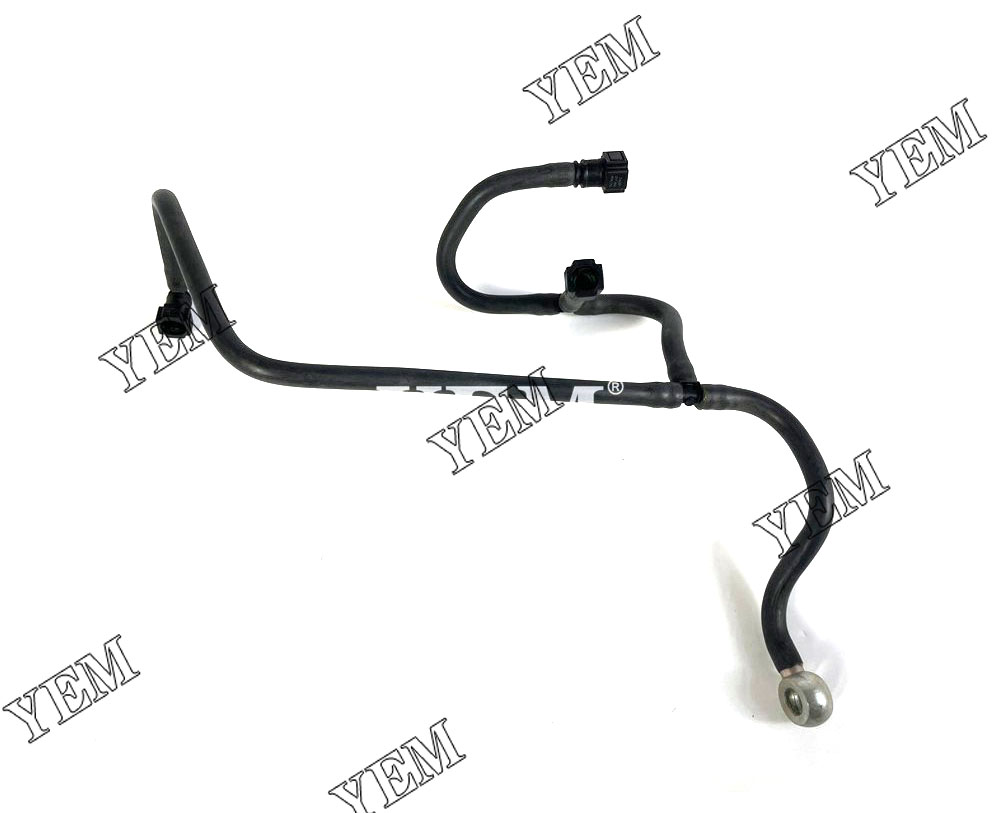
For the above fault conditions, if you can locate the specific fault point, it is recommended to seek professional help for repair. At the same time, during the maintenance process, regularly check the condition of the oil return pipe and keep the lubrication system in good condition, which can effectively prevent the occurrence of failures.
Maintenance and maintenance precautions for engine oil return pipe
The maintenance and maintenance of the engine oil return pipe is the key to ensure the normal operation of the engine and prolong its service life. Here are some considerations:
- Periodic inspection:
- Regularly check whether the connections and joints of the oil return pipe are tight to eliminate the risk of oil leakage.
- Check the surface of the oil return pipe for signs of corrosion, oxidation or wear.
- Check if the filter on the oil return line is clogged and needs to be cleaned or replaced periodically.
- Good lubricant management:
- Use a suitable lubricating oil as specified by the engine manufacturer and change it at the specified intervals.
- Regularly check the quality and oil level of lubricating oil, and replenish or replace it in time.
- Pay attention to the preservation of lubricating oil to avoid moisture and pollution.
- Performance monitoring and analysis:
- Regularly carry out laboratory analysis of lubricating oil to evaluate the performance and health of lubricating oil.
- Monitor oil temperature and pressure to ensure proper operating range.
- Pay attention to observe the color and cleanliness of the lubricating oil, if there is any abnormality, check and deal with it in time.
- Cleaning and protection:
- Regularly clean the surface of the oil return pipe to prevent dirt and impurities from adhering, and regularly apply an appropriate rust inhibitor for protection.
- Protect the oil return pipe from external impact or abrasion and ensure its structural and orientational integrity.
- Follow the maintenance manual:
- Refer to the maintenance manual provided by the engine manufacturer and follow its recommended maintenance procedures and intervals.
- If necessary, carry out regular repairs, replacements or upgrades of the oil return line to ensure it is in good working order.
To sum up, regular inspection, proper lubricant management, performance monitoring and analysis, cleaning and protection, and following the maintenance manual are very important for the maintenance and maintenance of the engine oil return line. This ensures proper functioning of the oil return line and protects the health of the engine lubrication system. If necessary, it is recommended to consult a professional or technical support for the most accurate and applicable maintenance advice.
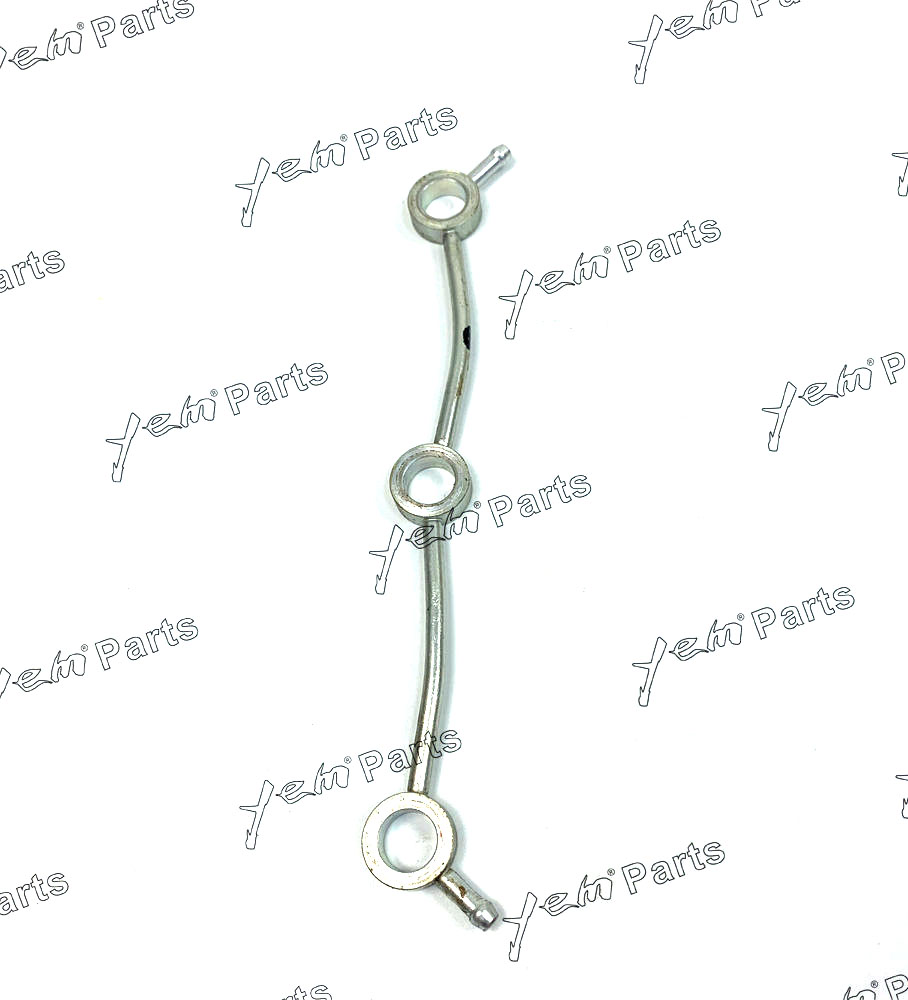
Engine Oil Return Pipe Selection and Installation Guide
Here are some guidelines and considerations when purchasing and installing engine oil return lines:
- OEM or Approved Supplier: Choose an Original Equipment Manufacturer (OEM) or a reputable and approved supplier to purchase the oil return line. This ensures that the quality and performance of the oil return line is up to standard and provides good after-sales support.
- Fit and Compatibility: Make sure the return line purchased matches your engine model and specification. Compare and confirm that the size, connection method and joint requirements of the oil return pipe are consistent with the requirements of the engine.
- Material selection: The oil return pipe is usually made of metal, such as steel or aluminum alloy, to ensure sufficient strength and durability. When choosing, consider the working conditions and environment of the engine, and choose the appropriate material.
- Installation and connection: According to the installation guide provided by the engine manufacturer, install the oil return pipe correctly. Make sure the connection ports and joints are tight and reliable to avoid oil leakage and loosening.
- Flow and cooling requirements: Select the appropriate oil return line according to the flow and cooling requirements of the engine. Turbocharged engines may require additional cooling to keep lubricating oil temperatures within the proper range.
- Regular inspection and maintenance: After installation, regularly check the connections, joints and filters of the oil return pipe, and perform maintenance and replacement as required. Ensure the good condition and functioning of the oil return line.
- Follow Codes and Recommendations: Refer to the installation codes and recommendations provided by the engine manufacturer and operate according to the guidelines provided. Follow the correct installation steps and procedures to ensure the correctness and reliability of the oil return pipe.
It is important to note that different engine types and models may have specific requirements and specifications. Therefore, when purchasing and installing the engine oil return pipe, it is recommended to refer to the documentation provided by the engine manufacturer and consult relevant professionals for accurate and applicable guidance.
Development trends and future technology prospects of engine oil return pipes
The development trend and future technical outlook of engine oil return pipe mainly focus on the following aspects:
- Lightweight and optimized design: With the continuous improvement of automobile fuel economy and emission control requirements, the lightweight and optimized design of engine components has become an important trend. Engine components, including oil return lines, will also be moving towards lighter, more compact and smoother designs to reduce energy loss and improve efficiency.
- Material innovation: In the future, oil return pipes may use new materials or composite materials to improve strength, heat resistance and corrosion resistance. For example, using high-strength titanium alloys, carbon fiber composite materials, etc., can reduce weight and improve durability.
- Intelligence and sensor technology: With the development of intelligence in vehicles, future engine oil return pipes may integrate sensors and intelligent control systems to monitor the working status of the oil return pipe and the condition of lubricating oil in real time. This will help to detect faults and abnormalities in time, and make corresponding adjustments and repairs.
- Improved cooling technology: high-performance engines such as turbocharged engines have higher cooling requirements. Future trends may include more efficient liquid or air cooling systems to ensure temperature control and stability in oil return lines and lubrication systems.
- Enhanced endurance and reliability: Future engine oil return pipes will continue to work on improving their endurance and reliability to adapt to higher power, higher temperature and harsher working conditions. This may involve research into improved joining techniques, enhanced toughness and corrosion resistance.
In general, the future development trend of engine oil return pipe will revolve around lightweight, optimized design, material innovation, intelligence and cooling technology improvement. This will help improve engine efficiency, reliability and performance, and meet increasingly stringent environmental and energy-saving requirements. Innovations in the future technology vision will further drive the development of the automotive industry and the sustainability of future transportation systems.
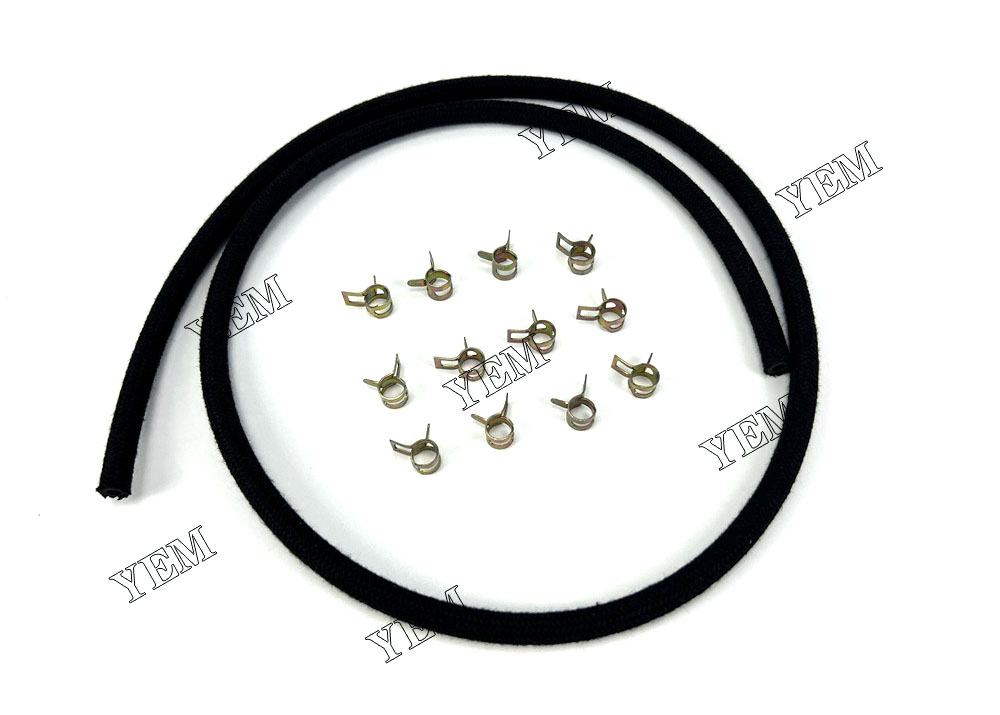
Contact us
YEM Professional Excavator Parts Team is a reliable and experienced team specializing in providing top-quality excavator parts. With our extensive expertise and knowledge in this field, we offer a wide selection of parts to meet diverse customer needs.
Whether you require replacement parts for hydraulic systems, engine components, chassis components, or any other excavator part, the YEM team has you covered. We source our products from reputable manufacturers, ensuring that each part meets the highest standards of quality and durability.
What sets us apart is our unwavering commitment to exceptional customer service. We understand the importance of timely support and strive to promptly respond to inquiries and requests. Our knowledgeable staff is readily available to assist customers in identifying the correct parts for their specific excavator models and providing installation and maintenance instructions.
To contact the YEM Specialized Excavator Parts team, you can reach us through our website, via email, or by phone. We are dedicated to fostering long-term relationships with our customers and are eager to assist you with all your excavator parts needs.
